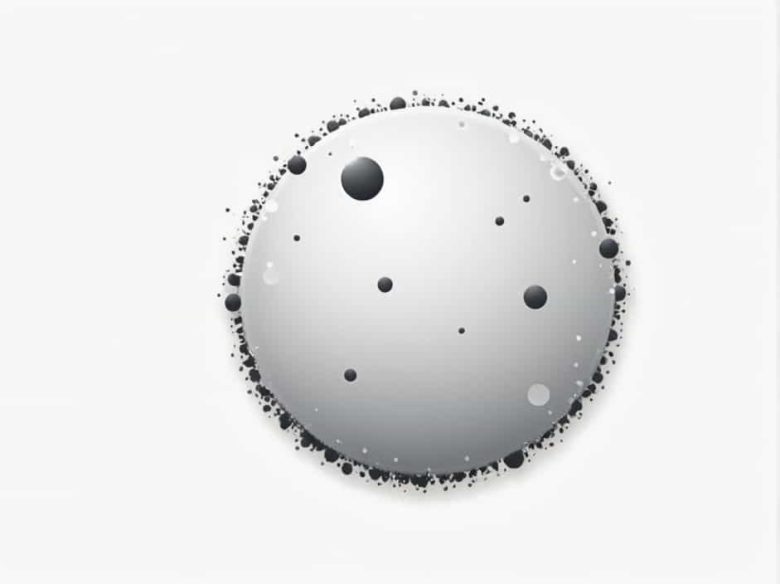When your crew member dons a spacesuit, they are preparing to enter one of the most extreme environments known to humankind—space. Whether for spacewalks, planetary exploration, or emergency situations, spacesuits are essential for survival beyond Earth’s atmosphere.
Spacesuits do much more than just cover an astronaut’s body. They provide oxygen, temperature control, radiation protection, and mobility. Without them, space missions—especially extravehicular activities (EVAs)—would be impossible.
In this topic, we’ll explore why spacesuits are necessary, how they work, and what goes into suiting up an astronaut.
Why Do Astronauts Need Spacesuits?
Space is an incredibly harsh environment. Astronauts need specialized protection because:
- There is no breathable air – Spacesuits supply oxygen for astronauts to breathe.
- Extreme temperatures – Space can be hotter than 250°F (120°C) in sunlight and colder than -250°F (-160°C) in darkness.
- Lack of atmospheric pressure – Without a spacesuit, the human body would swell and lose consciousness within seconds.
- Micrometeoroids and radiation – Tiny debris and radiation from the Sun pose constant dangers.
A properly designed spacesuit acts as a personal spacecraft, keeping astronauts safe while they perform crucial tasks outside their ship.
Components of a Spacesuit
A modern spacesuit consists of multiple layers and systems, each with a specific function.
1. The Pressure Suit
- The innermost layer maintains a pressurized environment around the astronaut’s body.
- Without this, bodily fluids would boil due to the vacuum of space.
2. The Cooling System
- Astronauts wear a liquid cooling garment beneath the suit.
- This system circulates chilled water to prevent overheating.
3. The Outer Shell
- Made of Kevlar, Nomex, and other durable materials.
- Protects against micrometeoroids, radiation, and temperature extremes.
4. The Helmet
- Provides an oxygen supply and a clear visor for visibility.
- Equipped with a gold-coated sun visor to protect against harmful solar radiation.
5. Gloves and Boots
- Gloves allow astronauts to perform delicate tasks while protecting hands from cold and vacuum exposure.
- Boots provide traction and support for walking on planetary surfaces.
6. The Life Support Backpack
- Officially called the Primary Life Support System (PLSS).
- Contains oxygen, cooling systems, a two-way radio, and emergency backup systems.
Each component is essential for keeping an astronaut safe, mobile, and functional in space.
The Suiting-Up Process: How Astronauts Put on a Spacesuit
Wearing a spacesuit is not as simple as putting on regular clothing. It takes up to an hour to get fully suited up.
Step 1: Wearing the Cooling Undergarment
- Astronauts put on a tight-fitting liquid cooling garment.
- This regulates body temperature by circulating water.
Step 2: Putting on the Pressure Layer
- The astronaut climbs into the main pressure suit, which maintains oxygen and pressure levels.
Step 3: Attaching the Gloves and Boots
- Specially designed insulated gloves are secured to allow dexterity.
- Boots provide stability and grip in space or on planetary surfaces.
Step 4: Securing the Helmet
- The helmet is locked into place, ensuring a sealed environment.
- A sun visor protects against bright sunlight.
Step 5: Connecting the Life Support System
- The backpack unit is attached, supplying oxygen, cooling, and communication tools.
Step 6: Final Safety Checks
- Astronauts perform mobility tests to ensure they can move properly.
- Mission control verifies oxygen flow and communication before spacewalks or mission tasks.
Once fully suited up, the astronaut is ready to enter the vacuum of space.
Spacesuits Used by NASA and Space Agencies
Different missions require different spacesuits. Here are the most common types:
1. The Extravehicular Mobility Unit (EMU)
- Used for spacewalks outside the ISS.
- Provides full oxygen supply, pressure, and cooling systems.
2. The Sokol Suit
- Worn inside Russian Soyuz spacecraft.
- Used for launch and re-entry in case of emergencies.
3. The Orlan Suit
- Russian suit designed for spacewalks.
- Similar to the EMU but used mainly by Roscosmos.
4. The Artemis xEMU Suit
- The next-generation spacesuit for Moon and Mars missions.
- Offers better mobility for walking on the lunar surface.
Each suit is designed for specific environments and mission needs.
Challenges Astronauts Face in a Spacesuit
Despite their advanced design, spacesuits still pose challenges for astronauts.
1. Limited Mobility
- The suit is bulky and pressurized, making movement difficult.
- Gripping tools with thick gloves can be tiring.
2. Spacewalking Fatigue
- Spacewalks last 6–8 hours, causing muscle strain.
- Astronauts need training and exercise to build endurance.
3. Visibility Issues
- The helmet visor can fog up due to temperature changes.
- Bright sunlight and shadows create visual challenges.
4. Psychological Strain
- Working alone in space, with only a suit for protection, can be mentally stressful.
- Astronauts train for years to handle isolation and emergency situations.
NASA and other space agencies constantly improve spacesuit technology to reduce these difficulties.
Future of Spacesuit Technology
Space exploration is advancing rapidly, and so are spacesuit designs.
1. Lighter and More Flexible Suits
- NASA’s xEMU suit allows better movement for Moon missions.
- New materials will make suits lighter and stronger.
2. Smart Technology Integration
- Future suits may include built-in AI assistants.
- Real-time health monitoring sensors can track astronauts’ vitals.
3. Planetary Exploration Upgrades
- Dust-resistant materials will help in Mars and Moon environments.
- Self-healing fabric could repair minor damage automatically.
These innovations will make long-duration space travel safer and more efficient.
When your crew member dons a spacesuit, they are stepping into one of the most advanced pieces of technology ever created. Spacesuits are miniature spaceships, providing oxygen, temperature control, and protection in the extreme conditions of space.
From NASA’s EMU suits to the future xEMU for Moon and Mars exploration, spacesuit technology continues to evolve. While challenges like mobility and fatigue remain, innovations in lightweight materials, AI integration, and dust-resistant fabrics promise to make future spacesuits even more effective.
Whether for spacewalks, planetary missions, or deep-space exploration, spacesuits will always be a crucial part of human spaceflight. As we push the boundaries of space exploration, the need for better, smarter, and more adaptable spacesuits will only grow.



